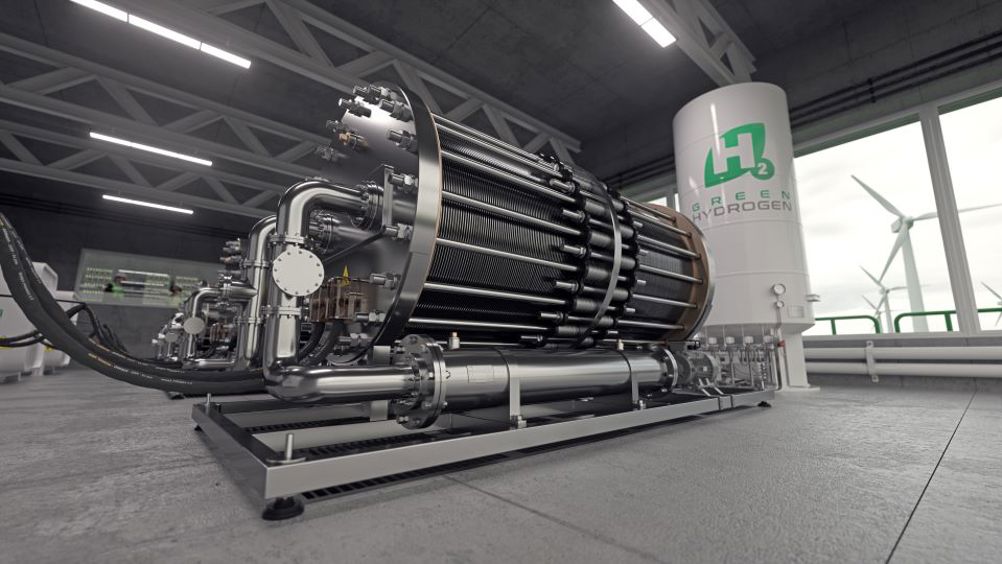Research boost for hydrogen production and energy storage
Researchers from the University of Oklahoma have made breakthroughs in protonic ceramic electrochemical cells for efficient energy conversion and chemical processing.

Two recent studies involving protonic ceramic electrochemical cells (PCECs), address challenges in electrochemical manufacturing and efficiency. These innovations are seen as a crucial step toward reliable and affordable solutions for hydrogen production and clean energy storage.
The studies were led by Hanping Ding, Ph.D., an assistant professor in the School of Aerospace and Mechanical Engineering at the University of Oklahoma.
According to the team, PCECs have traditionally struggled to maintain performance under the extreme conditions required for commercial use.
In a study featured in Nature Synthesis, Ding and his colleagues reported a new approach that eliminates the need for cerium-based materials, which are prone to breakdown under high steam and heat.
Instead, the team engineered a method to manufacture pure barium zirconate-based electrolytes that remain stable at record-low operating temperatures, a development that allows the system to run efficiently under intense electrochemical conditions.
A second study, published in Nature Communications, focussed on oxygen electrodes. Led by Ding’s team and graduate student Shuanglin Zheng, the researchers developed a new ultra-porous nano-architecture electrode with triple phase conductivity, thereby giving it the ability to transport electrons, oxygen ions and protons, which improves electrolysis kinetics.
Register now to continue reading
Thanks for visiting The Engineer. You’ve now reached your monthly limit of news stories. Register for free to unlock unlimited access to all of our news coverage, as well as premium content including opinion, in-depth features and special reports.
Benefits of registering
-
In-depth insights and coverage of key emerging trends
-
Unrestricted access to special reports throughout the year
-
Daily technology news delivered straight to your inbox










CCC Report Finds UK Climate Targets Still Within Reach
In 1990 67% of the UK´s electricity came from coal-fired power stations and even without renewables the transition to gas was a major contributor to...